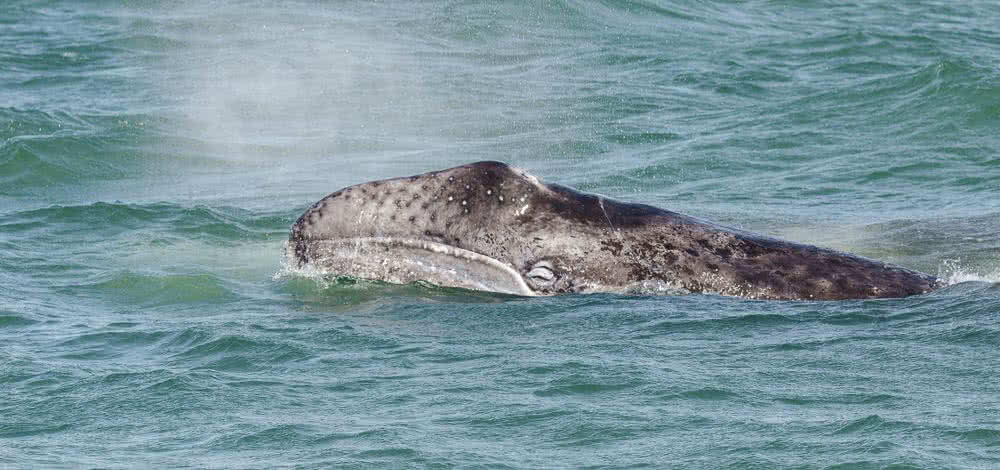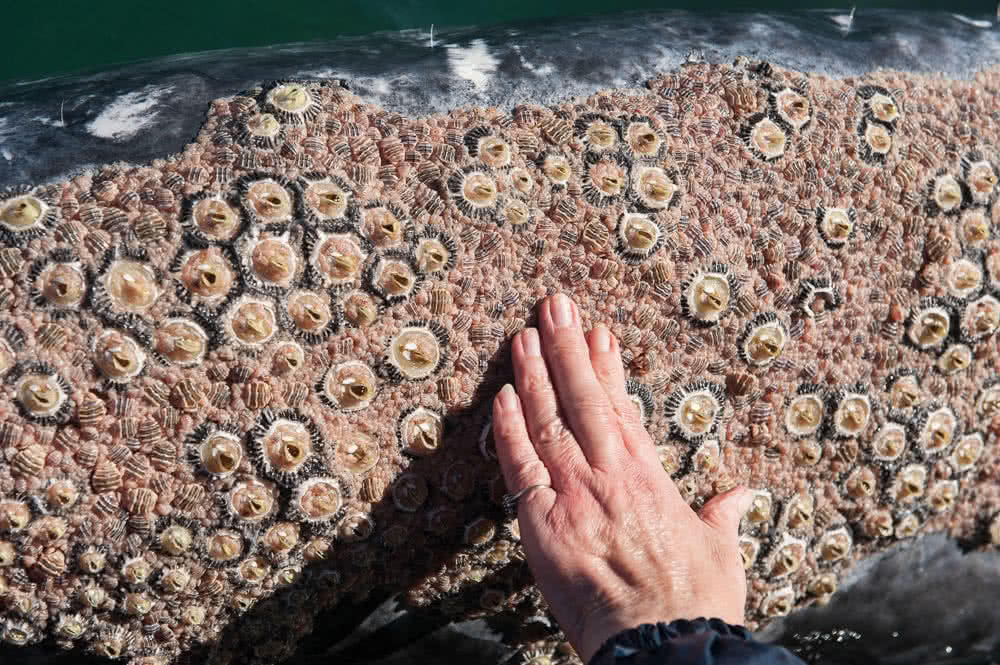Stuart Freedman was born in London and has been a photographer since 1991. His work has been published in, amongst others, Life, Geo, Time, Der Spiegel, Newsweek, The Sunday Times Magazine and Paris Match covering stories from Albania to Afghanistan and from former Yugoslavia to Haiti.
We sat down with Stuart recently to talk photography and discuss his latest Kickstarter-funded project – The Englishman and the Eel; a journey into the culture of that most London of institutions, the Eel, Pie and Mash shop.
 © Stuart Freedman
© Stuart Freedman
How did you first get into photography?
I did a politics degree and in my final year discovered a magazine called Photography. Edited by Nigel Skelsey (Telegraph) and Victoria Lukens (who I’d go onto work for at the Indie on Sunday Magazine a decade later) it was a beautiful and serious magazine (in contrast to all the other photo mags at the time) that showcased extraordinary work. I had no interest in photography up until that point but I thought, ‘this is what I really want to do’. I was of course a terrible photographer (still am) but that initial spark was the way in for me. After graduation, I came back to London put a really appalling folio together and just went from there… I first joined Select Photos in the early 1990s shooting mostly for European magazines moving to FSP/Gamma Presse a few years later. I’m very proud to have been a full member of Network Photographers in 1999 where I stayed until we sadly closed when I joined Panos.
[gdlr_quote align=”center” ]I’ve spent the last twenty five years making work mostly in Asia and Africa. I wanted however to re-explore my roots and The Englishman and the Eel is an attempt to do just that – recording these simple spaces that hold within them much of the memories of a rich, largely undocumented cultural heritage of generations of working-class Londoners in a city whose only constant is change.[/gdlr_quote]
 © Stuart Freedman
© Stuart Freedman
Says Stuart “Today’s eel, pie and mash shops are now havens for what the East End once was – but this is not a work of nostalgia. I’ve travelled to Lough Neagh in Northern Ireland to photograph eel fishing. I’ve made work at both Barney’s and Mick’s Eels, the two companies that process the fish. I’ve photographed and written about Millwall fans (who sing of the eel) and recorded those that now eat their pies and eels at home, too elderly and frail to journey to the shops. Lastly, I have followed the bleed of the East End to it’s new spiritual home in Essex where Pie and Mash shops are undergoing something of an renaissance. Identifying as they do with a re-imagined and distilled working-class culture that is geographically separate from their traditional roots.
 © Stuart Freedman
© Stuart Freedman
“The Englishman and the Eel is not an encyclopaedic record of every shop, rather I’ve documented what I believe to be the most interesting and significant ones to make a book that I hope is a tribute to a changing institution and I’ve used the eel as a metaphor and symbol of that cultural change. In that sense the book is a companion piece to my last, The Palaces of Memories (Dewi Lewis 2015) – a finalist for best photobook at POYi in America in 2016 – about the Indian Coffee Houses that reminded me so much of my own past – the greasy spoon cafes of Hackney – during my twenty years working and living in India. The Coffee Houses were translational devices that allowed me to see an everyday India away from the stereotypes and understand that people were the same the world over. I hope The Englishman and the Eel will, in the same way, introduce the eel, pie and mash shops to another new audience.”
You’ve been a friend and customer at Fixation for many years. To what extent do you rely on us for your work?
Well, Fixation is the only place I’d ever come to – and ever have come to – for repairs and servicing. No question.
What camera equipment do you use?
I use a couple of Canon 5D Mk III’s and a Leica M-P(240) – but over the years, I’ve used pretty much everything from 6 x 6 to 5 x 4.
You mention that The Englishman and the Eel is almost a companion piece to your last book. Do you have any plans to produce a trilogy?
I don’t think so. I think I’ve said enough about spaces of memory and my past and the next book will be something completely different.
 © Stuart Freedman
© Stuart Freedman
Stuart was speaking to Tim Stavrinou.
To learn more about the project, visit Stuart’s Kickstarter page.
The book will again be published by Dewi Lewis late in 2017.
 © Stuart Freedman
© Stuart Freedman
About Stuart
His work has been recognised in many awards, from amongst others, Amnesty International (twice), Pictures of the Year, The World Sports Photo Award, The Royal Photographic Society and UNICEF. In 1998 he was selected for the World Press Masterclass and the following year for the Agfa Young Photojournalist of the Year.
In 1999 he was invited to speak on Capitol Hill in the USA about the atrocities in Sierra Leone where his initial work on the Mutilated premiered. In 2004 he addressed the Oxford Union about the continued suffering of that country.
His work has been exhibited widely. Solo shows include Visa Pour L’Image at Perpignan, The Scoop Festival in Anjou, The Leica Gallery in Germany, The Foire du Livre (Brussels), The Museum of Ethnography (Stockholm), The Association and the Spitz Galleries in London. His work on HIV/AIDS in Rwanda and from post-conflict South of Lebanon have toured extensively internationally.
He regularly judges awards and has twice been a judge for the Amnesty Media Awards. He has guest lectured to students in schools across the UK at amongst others, Swansea Metropolitan University, Falmouth University, Regents University and The London College of Communication (LCC). In addition he has written (and taught) the Photojournalism module for the Visual Journalism MA at Nottingham Trent University.
In 2016, his new book, The Palaces of Memory was a finalist at POYi for Best Photography Book of the Year and was chosen for The American Photography Annual (AI-AP).
He continues to write and photograph for a variety of editorial and commercial clients and is a member of Panos Pictures in London.























